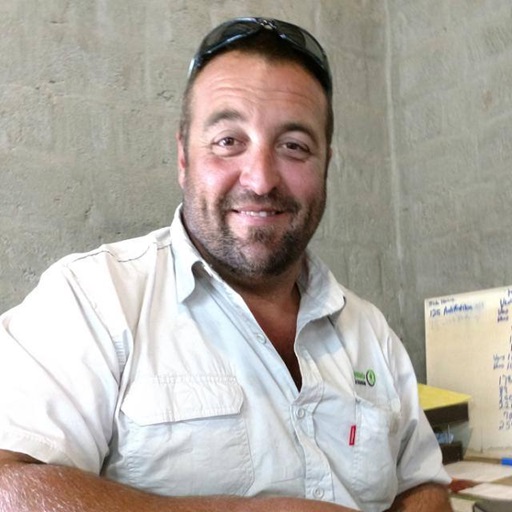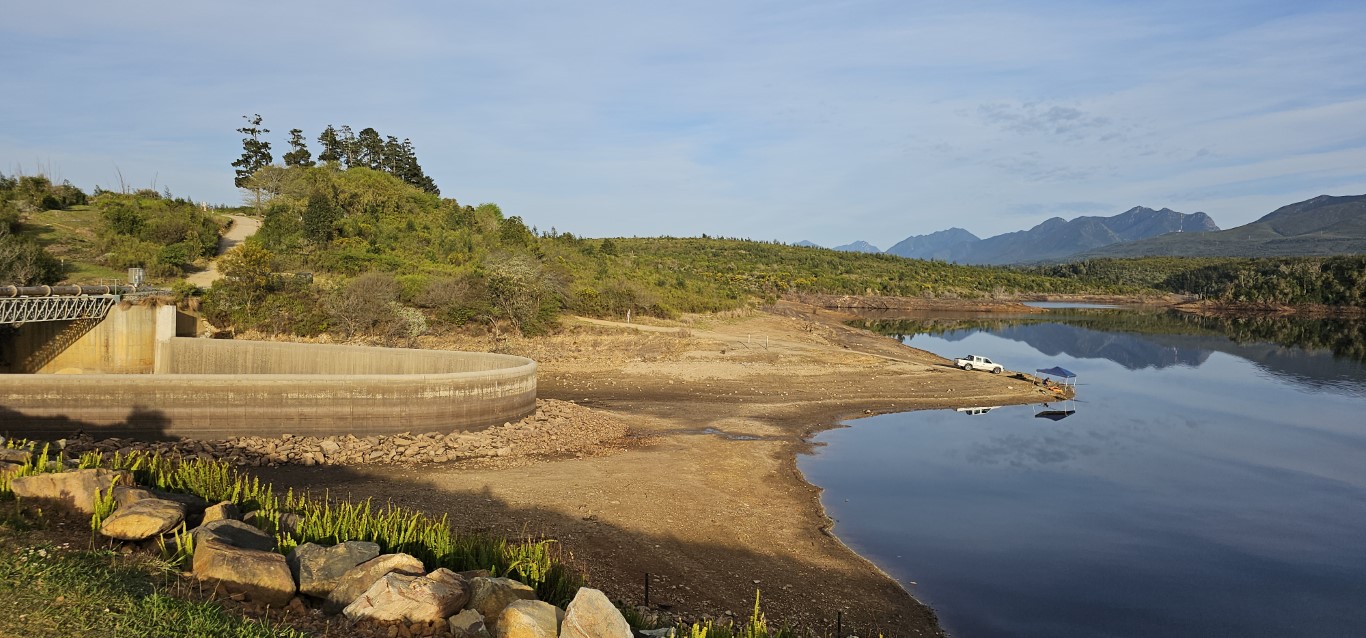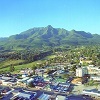GEORGE NEWS - Regular visitors to the Garden Route Dam are witnessing with concern the gradual but consistent receding of the water level from the spillway.
The storage percentage as of 29 September is 65.7 %, down from 71.9% at the beginning of the month.
The 27.5mm measured over the last week (23 to 29 September) was welcome, but much more is needed to stop the decline at the current consumption rate of the growing population.
Farmers in the district are facing tough conditions and the outlook for summer - without proper rain - is somewhat bleak, according to Philip Terblanche, chairperson of the Outeniqualand Farmers’ Association. He says dairy farmers’ silage, made and stored during winter, is probably half of the usual yield in a normal year, and they will have to be buy in early in the summer.
“Winter grain areas have so far had a below-average year and the drought has damaged crops. I think there will also be many crop failures, especially where planting took place later in the season.”
Dam levels on vegetable and dairy farms are extremely low. “We have already used up the water we should actually have stored up for the summer. I think the real hardship is still coming if we don’t get good rains in spring or early summer.”
 Philip Terblanche, chairman of the Outeniqualand Farmers' Association. Photo supplied
Philip Terblanche, chairman of the Outeniqualand Farmers' Association. Photo supplied
Uncertainty in weather prediction for region
Cobus Olivier, a SAWS scientist, says for the southern coastal areas, which normally still receive significant rainfall during the spring period, the predictions are favourable towards above-normal rainfall and below-normal temperatures (as per the 30 September seasonal prediction for October to February).
“If this holds true, that would probably translate to some relief. Unfortunately, seasonal predictions for the southwest and southern coastal areas are not the best, and there will sadly always be some uncertainty for those areas.”
Terblanche says the farmers are keeping their hopes up. “We are very grateful for the rain that fell fairly widely over the Eden area this past weekend. Farmers measured between 15mm and 20mm, but we will need follow-up rain to improve soil moisture levels and fill the dams before the real summer heat. If we sow and plant our summer crops now, we will need quite a lot of water in late summer. Our current dam levels won’t be able to last until then.”
Berries
Garen Niemand, executive production manager of PHC Berries, says their one farm recorded a third of the rain measured last year.
Berry production usually enjoys higher yields during drier periods. That is because they grow their berries in open fields, and too much rain damages the fruit and consequently affects its shelf life.
“The dam on one of our farms is approaching concerning levels. We are in the process of connecting this farm to a dam on one of our neighbouring farms, as without rain and/or this connection, we run the risk of losing the last bit of the season’s crop.
"Most of our farming units have invested heavily on water storage over the past three years after a dry 2022, which yielded us record production. We are expecting another record year, again pointing to the correlation of dry equalling high yield [standardising crop yield measurements by removing water content to make accurate comparisons and assessments].”
Water restrictions
George Municipality is appealing to residents to adhere to the level 2B water restrictions that are in place.
Potable water is being supplied to more than 294 942 residents and the average daily demand for August up to early September was 38 M/day.
In the same period 10 years ago, in 2015, the average daily demand was 29.29 M/day. This growth is in line with the population growth, according to Jannie Koegelenberg, head of Civil Engineering.
 The water level of the Garden Route Dam is receding by a few percentage points per week.
The water level of the Garden Route Dam is receding by a few percentage points per week.
Cost of reinstating ultrafiltration plant
Early last month, Koegelenberg indicated that the viability of reinstating the ultrafiltration plant is being assessed, which by estimation would cost “a couple of hundred million rand”.
Asked if continued maintenance since the commissioning of the plant in 2010 would have reduced this cost, he said the technology and reuse guidelines have advanced significantly, and to achieve compliance with current standards (international alignment due to the lack of local South African standards for indirect potable reuse), additional treatment units are required, which are costly.
“Even if the plant had been continuously operated, major upgrades would still be necessary due to improved technology and stricter guidelines. Furthermore, most mechanical and electrical equipment has a lifespan of 10 to 15 years - the membranes even less than this - meaning much of the infrastructure would require periodic refurbishment or replacement.”
‘We bring you the latest Garden Route, Hessequa, Karoo news’
















